Blog
How to Optimize Your Production Efficiency with Fast CNC Machining Techniques
In today's competitive manufacturing landscape, optimizing production efficiency is crucial for businesses looking to stay ahead. One of the most effective ways to achieve this is by implementing fast CNC machining techniques. Fast CNC machining not only accelerates the manufacturing process but also enhances precision and reduces operational costs.
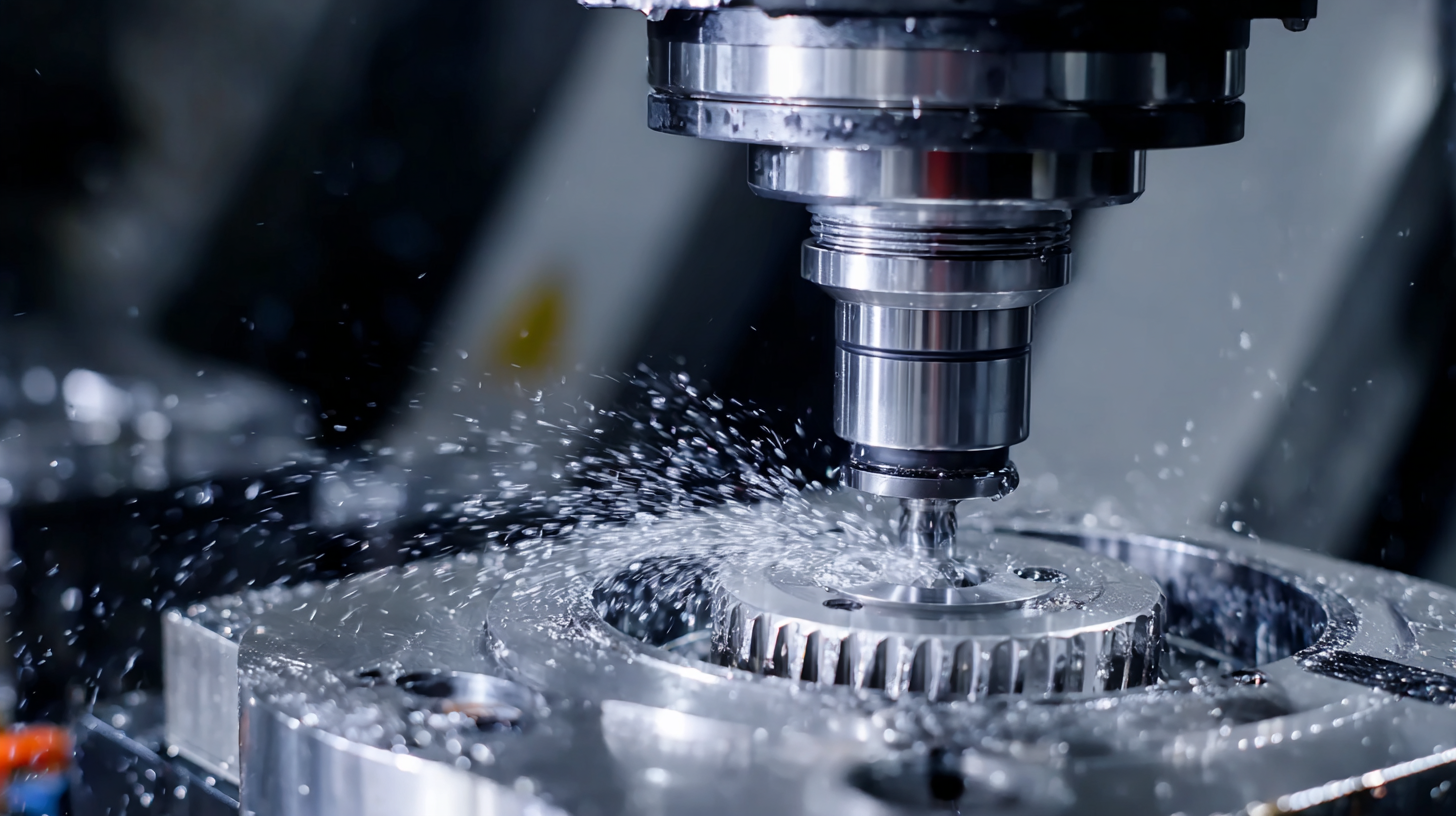
By leveraging advanced technologies and innovative practices, manufacturers can significantly shorten lead times while maintaining high-quality standards. This article will explore various strategies and methodologies to optimize production workflows, harnessing the full potential of fast CNC machining. Understanding these techniques will empower companies to improve their overall productivity, respond swiftly to market demands, and achieve a sustainable competitive edge in their industries.
Maximizing Production Throughput with High-Speed CNC Machining Techniques
High-speed CNC machining techniques have revolutionized the manufacturing industry, enabling businesses to maximize production throughput while minimizing delays. By leveraging advanced tools and software, manufacturers can streamline their operations, ensuring that each machine run produces high-quality parts efficiently.
Tips to enhance production efficiency include optimizing toolpath strategies, which involve selecting the best routing for cutting operations to reduce cycle times significantly. Additionally, implementing real-time monitoring systems can help track machine performance and identify bottlenecks, allowing for quick adjustments to maintain optimal speed and productivity. Regular maintenance of CNC machines is also crucial, as it prevents unexpected downtimes and enhances overall reliability.
Another critical aspect is selecting the right materials and tools for specific projects. Utilizing high-speed steel or tungsten carbide tools can increase cutting speeds and enhance durability, leading to reduced wear and longer tool life. Training operators to be well-versed in these advanced machining techniques further ensures that the equipment is utilized to its fullest potential, ultimately driving greater efficiency and output in production processes.
Production Efficiency with Fast CNC Machining Techniques
This chart illustrates the production throughput achieved by using high-speed CNC machining techniques across different materials. The data shows the number of parts produced per hour for aluminum, steel, and plastic materials.
The Role of Tool Material Selection in Enhancing CNC Machining Efficiency
The efficiency of CNC machining is heavily influenced by the selection of tool materials, which can significantly impact production speed and part quality. According to a report by the Society of Manufacturing Engineers (SME), using high-performance tool materials can improve machining efficiency by up to 30%. This is due to their ability to withstand higher speeds and temperatures, allowing for quicker machining cycles without compromising the integrity of the tools.
For instance, carbide tools, known for their hardness and wear resistance, are often preferred in precision machining applications. A study from the Metal Cutting Institute reveals that switching from high-speed steel to carbide can extend tool life by 2 to 5 times, depending on the application and machining conditions. Additionally, innovative coatings such as titanium nitride (TiN) or diamond-like carbon (DLC) further enhance performance by reducing friction and increasing heat resistance. This careful selection and optimization of tool materials can lead to substantial cost savings and improved metrics in production efficiency, aligning with the industry's push toward smarter manufacturing practices.
How to Optimize Your Production Efficiency with Fast CNC Machining Techniques - The Role of Tool Material Selection in Enhancing CNC Machining Efficiency
| Tool Material | Machining Speed (m/min) | Tool Life (hours) | Surface Finish (Ra μm) | Cost ($) |
|---|---|---|---|---|
| High-Speed Steel (HSS) | 50 | 30 | 1.6 | 30 |
| Cemented Carbide | 200 | 150 | 0.8 | 80 |
| Cermet | 180 | 100 | 1.0 | 120 |
| Ceramic | 300 | 200 | 0.6 | 150 |
| Polycrystalline Diamond (PCD) | 500 | 300 | 0.4 | 300 |
Implementing Advanced CAD/CAM Software for Streamlined CNC Operations
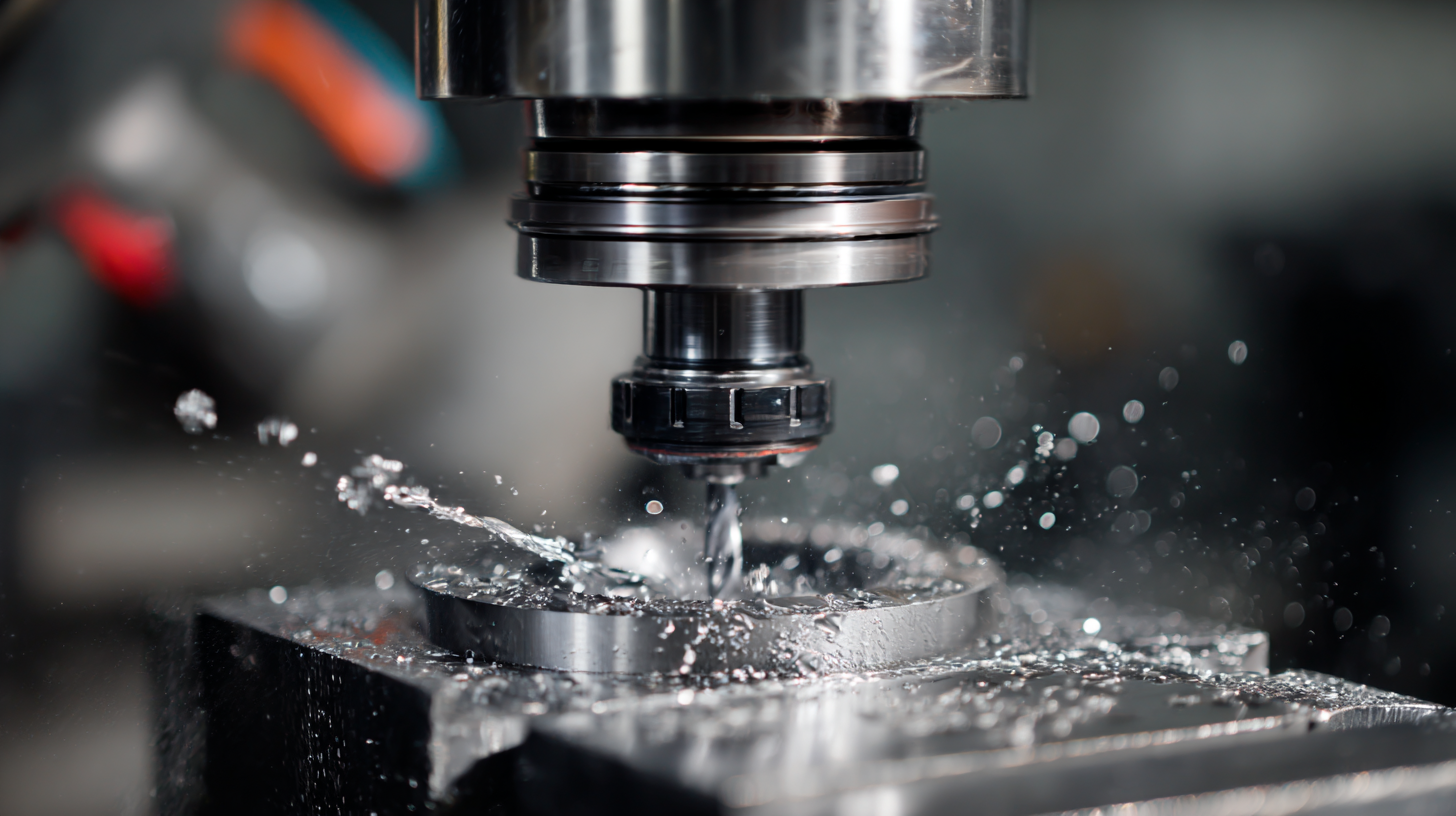 Advanced CAD/CAM software plays a crucial role in optimizing CNC machining operations, allowing manufacturers to streamline processes and enhance productivity. By integrating advanced features that facilitate seamless coordination between computer-aided design (CAD) and computer-aided manufacturing (CAM), companies can significantly reduce cycle times and increase the accuracy of their machining tasks. The latest developments in CAD/CAM technology provide new capabilities that help manufacturers adapt to the changing demands of custom production while maximizing resource efficiency.
Advanced CAD/CAM software plays a crucial role in optimizing CNC machining operations, allowing manufacturers to streamline processes and enhance productivity. By integrating advanced features that facilitate seamless coordination between computer-aided design (CAD) and computer-aided manufacturing (CAM), companies can significantly reduce cycle times and increase the accuracy of their machining tasks. The latest developments in CAD/CAM technology provide new capabilities that help manufacturers adapt to the changing demands of custom production while maximizing resource efficiency.
With efficient software solutions, machine operators and engineers can leverage sophisticated tools to refine their metalcutting operations. Recent innovations have demonstrated remarkable results; for instance, manufacturers have achieved up to 30% reductions in production time by utilizing state-of-the-art CAD/CAM platforms. Such improvements not only enhance throughput but also contribute to sustainable manufacturing practices, enabling firms to meet both market demands and regulatory requirements through smart automation and efficient process management. As the CAM market continues to grow, the emphasis on integrating these technologies into CNC workflows will be essential for maintaining a competitive edge in the manufacturing landscape.
Key Metrics for Measuring CNC Machining Efficiency and Performance Improvement
When it comes to CNC machining, measuring efficiency is crucial for continuous improvement. Key metrics such as cycle time, setup time, and machine utilization offer valuable insights into operational performance.
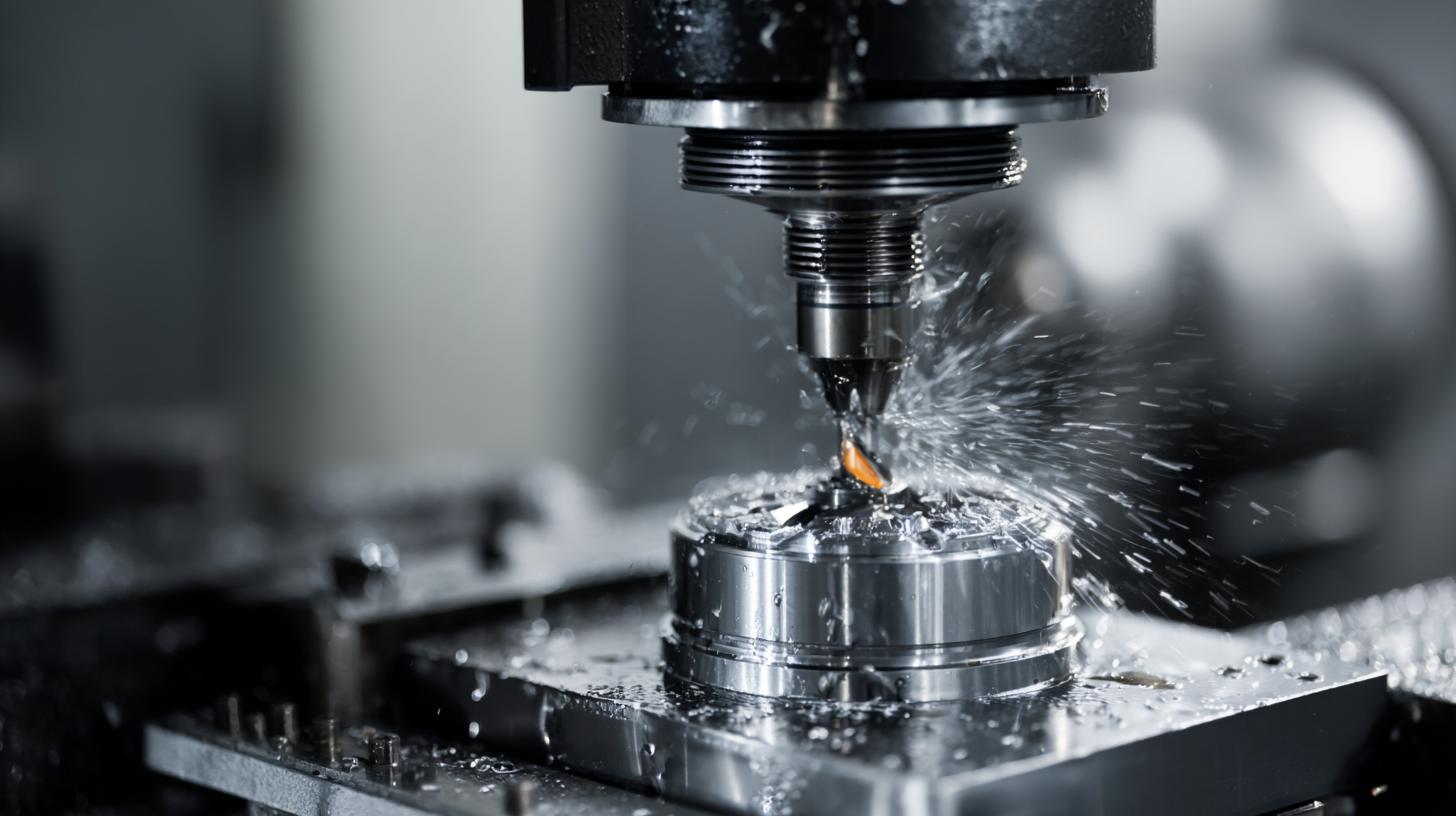 Cycle time refers to the total time taken to complete a machining operation, including cutting and non-cutting periods. Reducing cycle time can significantly enhance production throughput. Setup time, which includes the time required to prepare machines for production, is another critical metric; minimizing this time allows for quicker transitions between jobs and improved overall efficiency.
Cycle time refers to the total time taken to complete a machining operation, including cutting and non-cutting periods. Reducing cycle time can significantly enhance production throughput. Setup time, which includes the time required to prepare machines for production, is another critical metric; minimizing this time allows for quicker transitions between jobs and improved overall efficiency.
Another important metric is machine utilization, which indicates the percentage of time that a CNC machine is actively working on production compared to its available operational time. High machine utilization ratios signify efficient use of resources, while low ratios could highlight opportunities for improvement, such as better scheduling or reducing downtime.
Additionally, analyzing metrics like first-pass yield and scrap rates can help identify quality issues in the production process. By focusing on these key metrics, manufacturers can optimize their CNC machining processes and drive performance improvements effectively.
Integrating Automation and Robotics to Optimize CNC Machining Processes
Integrating automation and robotics into CNC machining processes can significantly enhance production efficiency and accuracy. By employing advanced robotics, manufacturers can streamline operations, reducing cycle times and minimizing human error.
Automated machines can operate continuously, allowing for higher throughput and the capacity to handle complex tasks that would be time-consuming or challenging for manual labor. This shift not only accelerates production rates but also frees up skilled workers to focus on more strategic tasks, thereby optimizing resource allocation.
Moreover, the integration of automation facilitates real-time monitoring and data collection, enabling better decision-making and process improvements. With integrated sensors and AI systems, CNC machines can adjust parameters instantaneously based on production needs, ensuring consistent quality and reducing material waste.
This smart manufacturing approach promotes a more agile production environment, where changes can be implemented swiftly without extensive downtime. As companies invest in these technologies, they position themselves to meet the demands of a fast-paced market while achieving a competitive edge in their manufacturing capabilities.
Related Posts
-
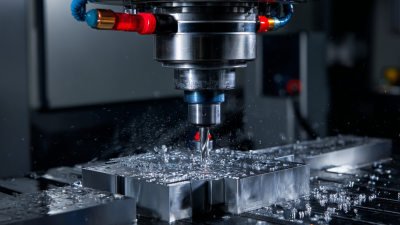
How to Optimize Your Production Line with Fast CNC Machining Solutions
-
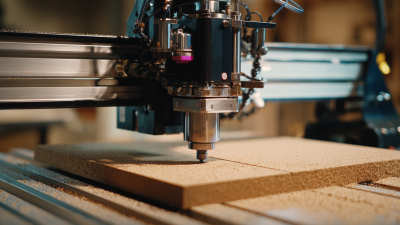
How to Choose the Best Small CNC Machine for Your Business Needs
-

5 Smart Tips for Choosing the Right Small CNC Mill for Your Business Needs
-
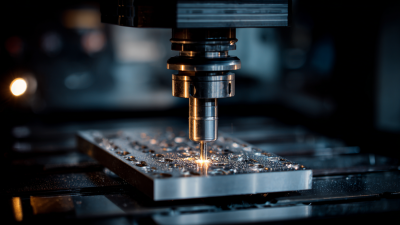
What is a Mini CNC Mill and How Can It Transform Your Machining Process
-
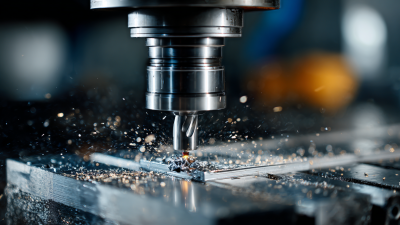
Understanding Industry Standards for the Best Small CNC Machines for Metal Manufacturing
-

Uncovering the Advantages of Utilizing CNC Machines in Modern Manufacturing
